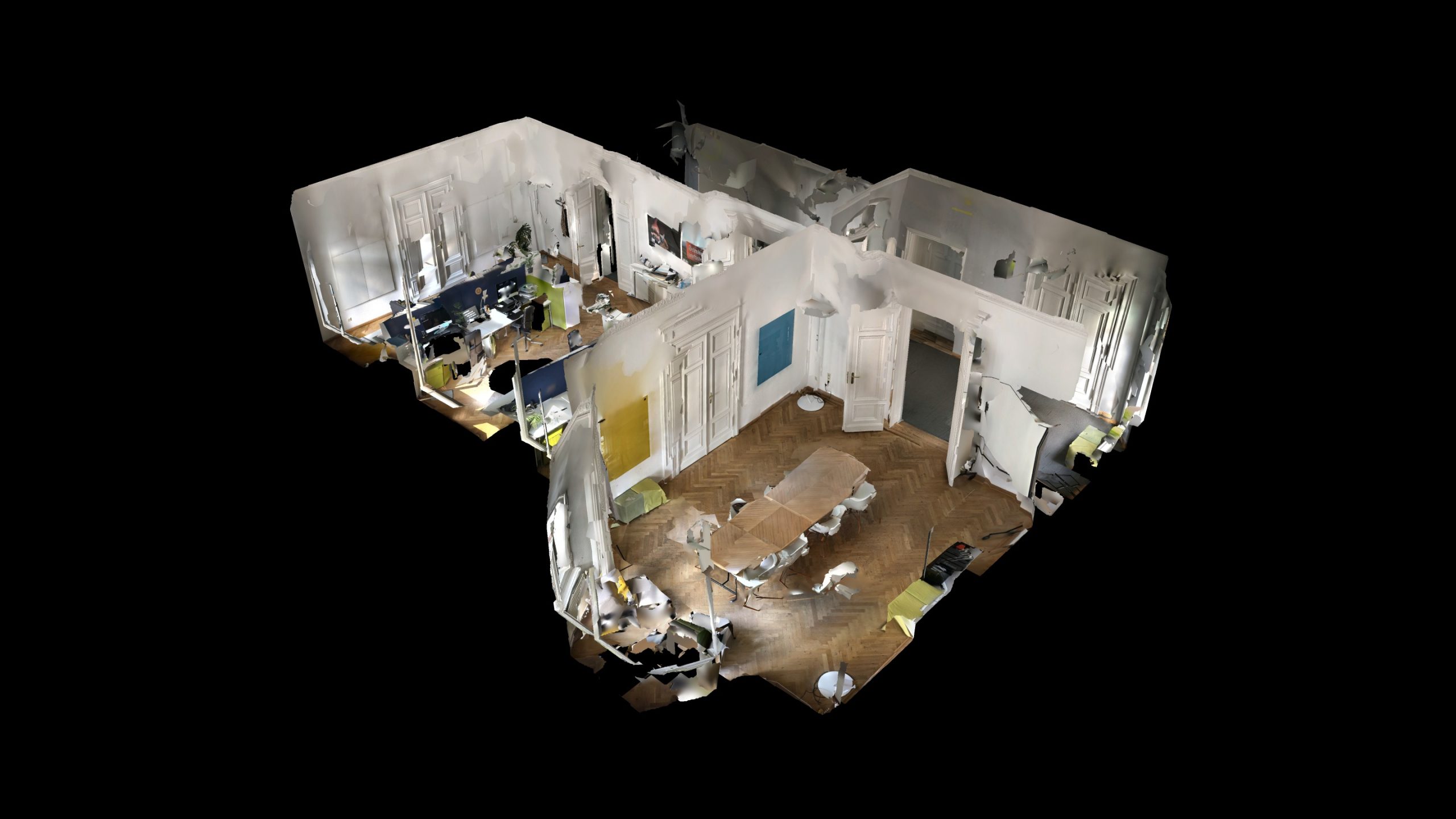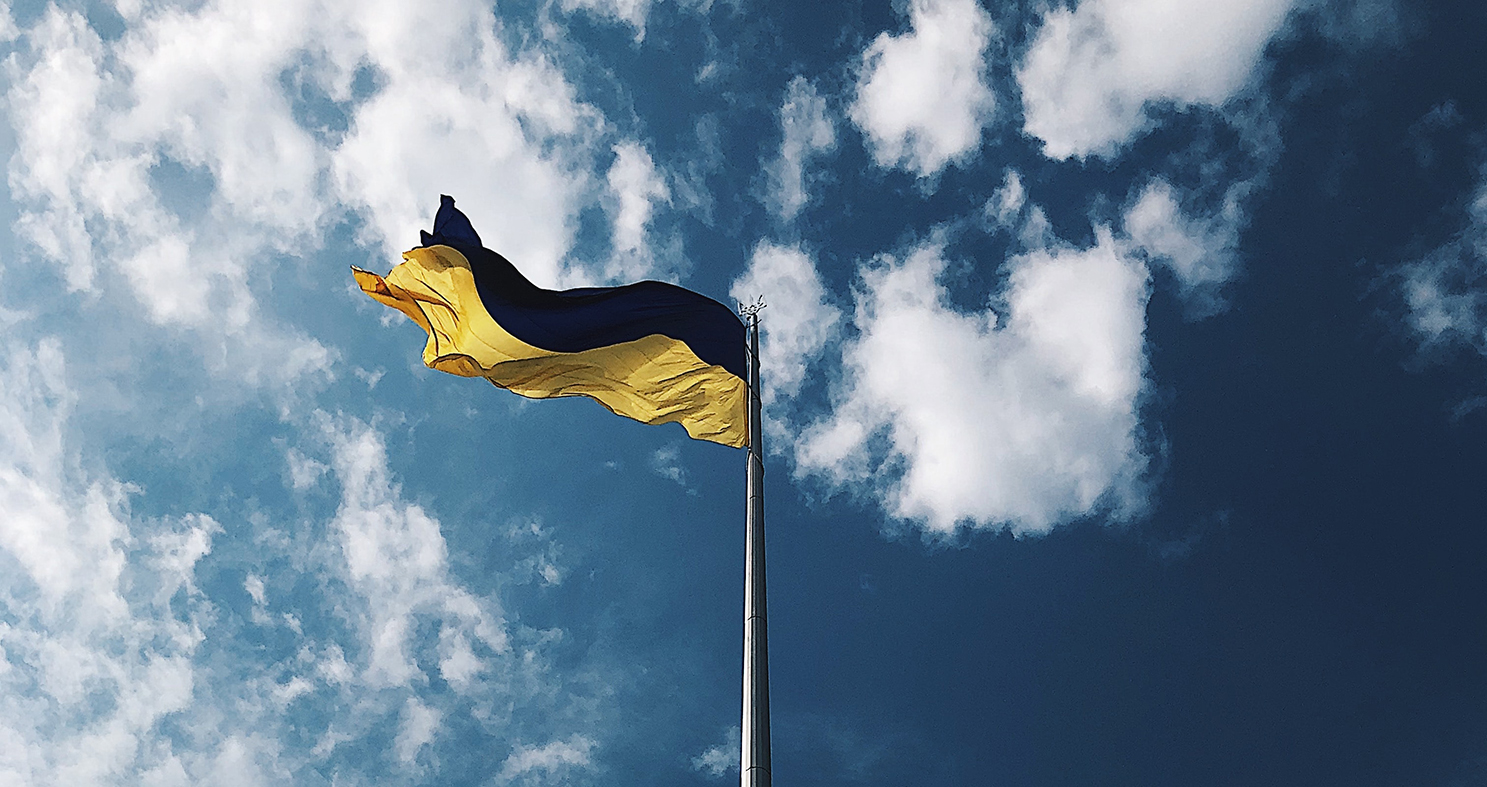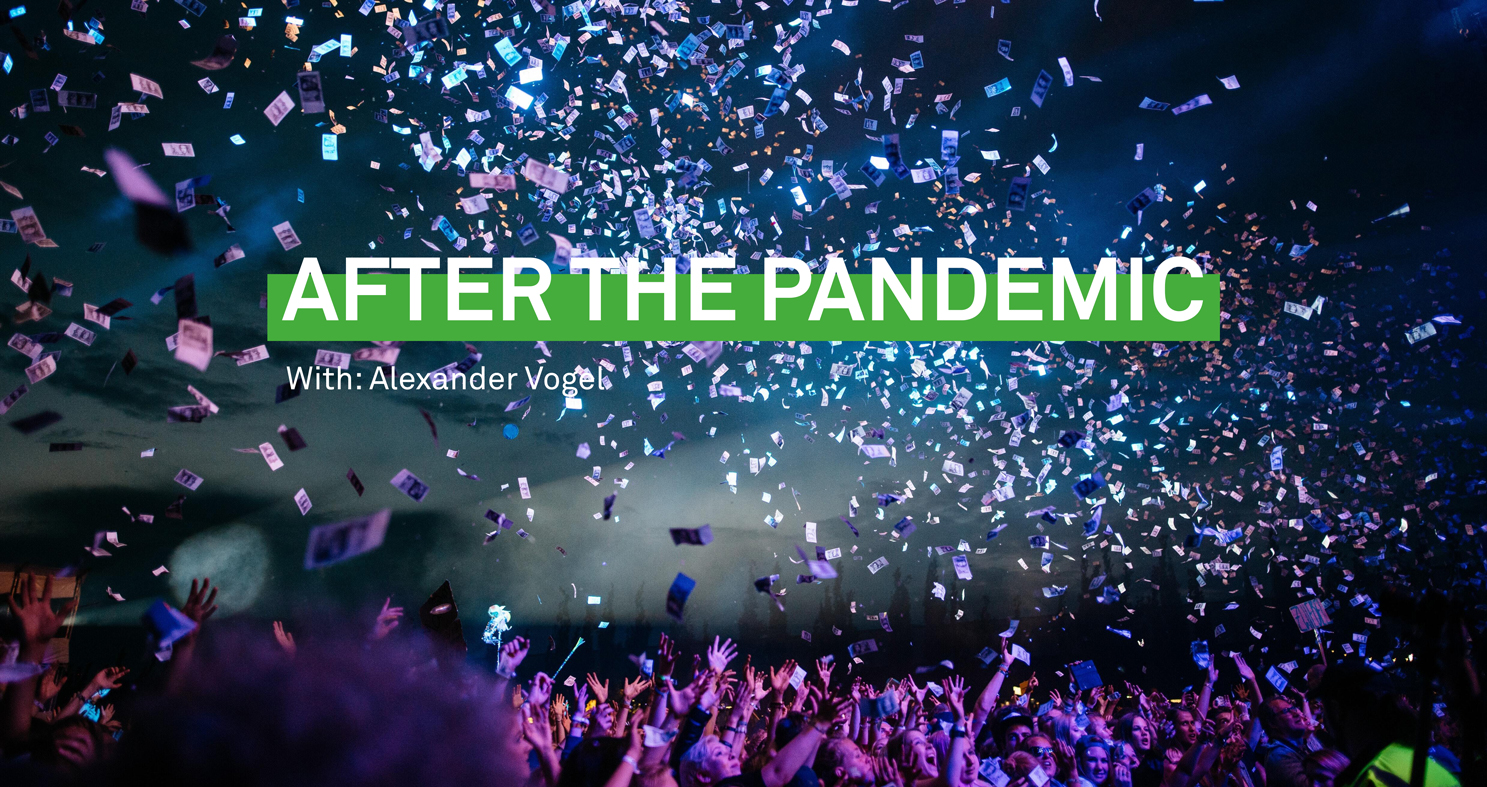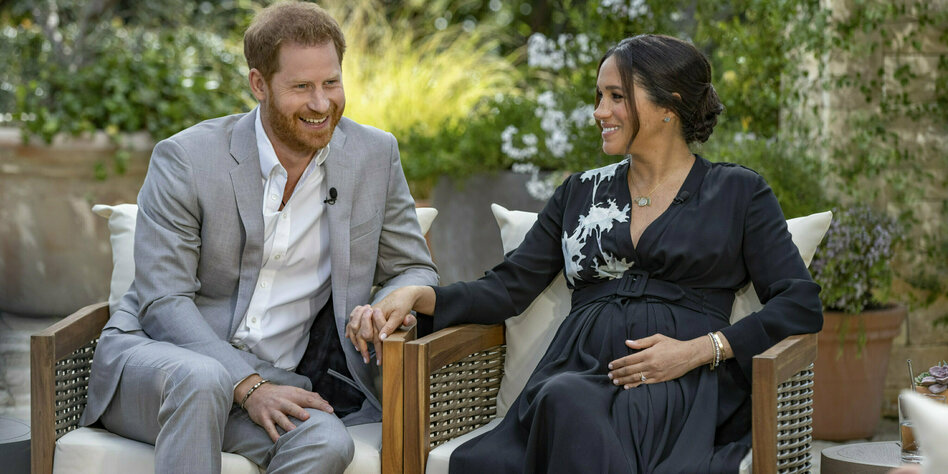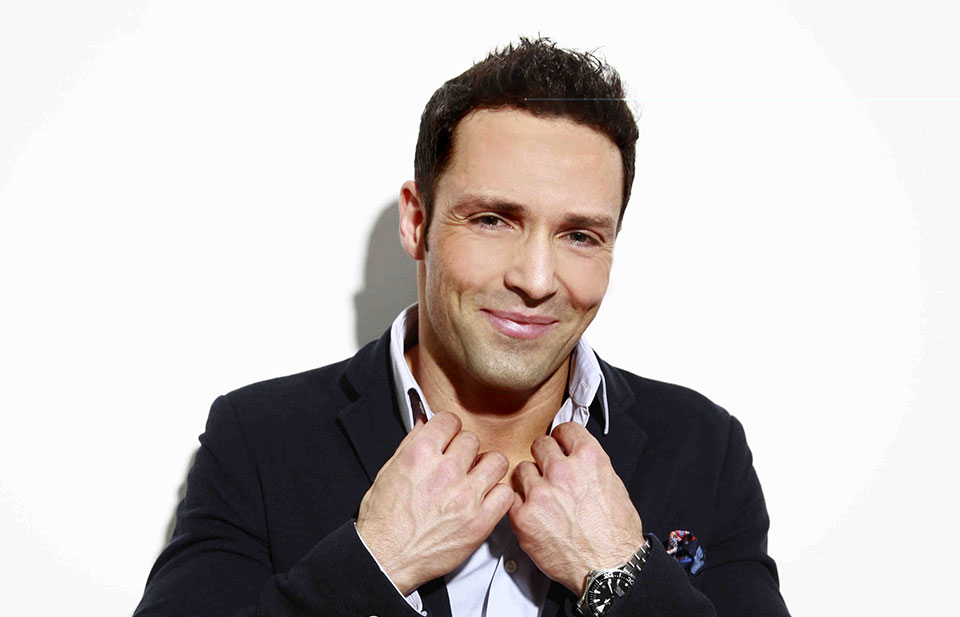Of digital twins and metaverse
Have you also not yet bought a house in a metaverse and are constantly wondering what NFT’s are? The new terms are piling up and so we want to take a closer look at one of these modern advances – digital twins. No, a digital twin is not a futuristic version of the Arnold Schwarzenegger film “Twins“, nor is it a virtual conversion of the Erich Kästner classic “Das doppelte Lottchen“. It is a digital copy of a real place or object embedded in rich data that can be updated to reflect changes in its physical counterpart.
“A digital twin is a digital image of a real place or object. These digital twins are typically captured using either sophisticated camera systems or mobile apps for iOS and Android. Once captured, the dimensionally accurate 3D digital models can be quickly updated to reflect changes to their physical counterpart.”
James Morris-Manuel, EMEA Managing Director at Matterport
Digital twins are indispensable in the construction of metaverses. They can import true-to-scale real spaces into this virtual mirror world. In future metaverses, there will be billions of digital twins and could fundamentally change the way businesses and consumers experience, stay in and perceive the physical environment in buildings.
Looking to the future, the various metaverses will require digital replicas of physical spaces where people can better understand, analyse, engage with and experience the built environment. As more and more buildings and spaces are brought online around the world and people increasingly visit virtual places, digital twins have an important role to play in contributing to the mirror world and providing a path to economic prosperity.
Meta – what?
The term “metaverse” was first used in the science fiction novel “Snow Crash“. In the book published in 1992 by Neal Stephenson, the metaverse describes a virtual reality in which people interact with each other as three-dimensional avatars. The whole thing is somewhat reminiscent of today’s online role-playing games with several players. However, there is no game, no high score, no fixed goal. But the Metaverse can be the platform for several games and is built more as a digital alternative to the physical world. A similar concept was popularised by the Steven Spielberg film adaptation of the book “Ready Player One“.
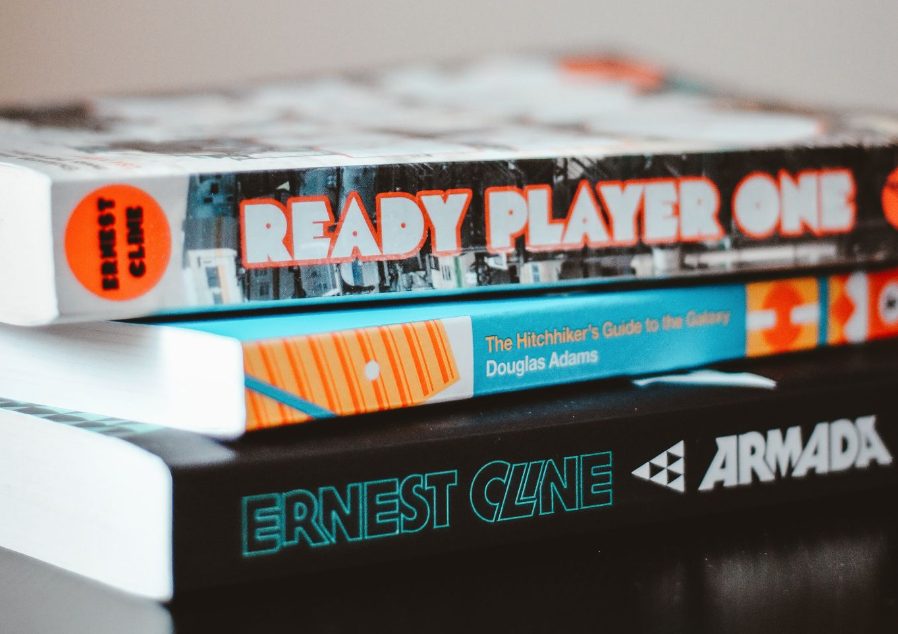
Our in-house metaverse expert Isabell explains exactly what the term metaverse is all about:
Metaverse refers to real-time rendered, unlimited, permanent 3D spaces in which users can move freely as avatars. It comprises various collective 3D spaces in which one can explore, design, play, work and socialise – without being in the same physical space. It is important to understand that there is not THE metaverse, but many different metaverses and thus several virtual worlds, but they cannot be connected at the core. Some of them are very well known, like Roblox, which is currently considered the most successful metaverse with its 219 million users. Other famous virtual worlds that are also considered metaverses are Decentraland, The Sandbox & Horizon World (Meta).
In the end, the ultimate characteristic of a Metaverse is to be decentralisation. There will be no big platform like Amazon, Google or Facebook that controls the market, but will function in a decentralised way. Everyone will have control over their own data and will be able to understand quite transparently what happens with it.
Fun Facts:
- There is no connection from one metaverse to the next.
- The metaverse can never be ended or paused. It runs on and on.
- The Metaverse is live and takes place in real time.
- In March 2022, the first Metaverse Fashion Week took place in Decentraland.
- Each metaverse has its own economy. One can invest, buy, sell and get paid for work within the Metaverse.
- Celebrities have their own virtual spaces in a Metaverse: Paris Hilton owns her own island called Paris World in Roblox and Snoop Doog is building himself a Snoopverse in Sandbox
- Footballer Kevin Prince Boateng got married in a Metaverse – on the moon!
Our Office 2.0
As the trend of bringing the built world online continues, businesses large and small are discovering the optimisation benefits of digitising their buildings and spaces. With the help of our clients Matterport Capture app and Axis mobile smartphone mount, we created a digital twin of our office. We explain how the whole thing works and what advantages digital twins bring with them here!
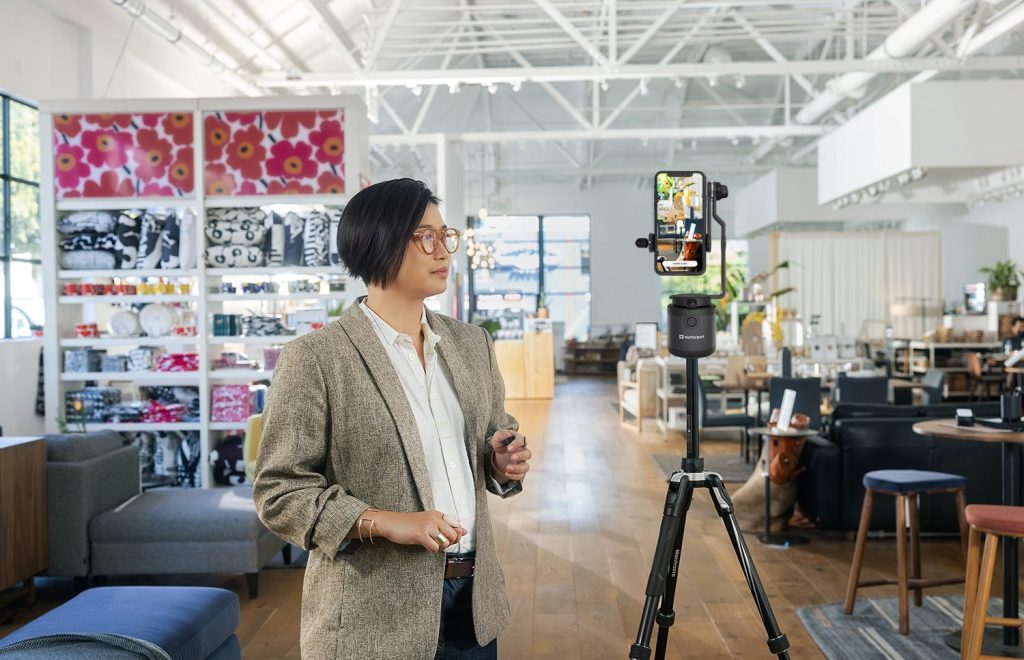
“Einfach herunterladen und loslegen. Mit einem kostenlosen Abonnement kann jeder sein Zuhause, Büro oder Hotel mit jedem kompatiblen Android- oder iOS-Gerät digitalisieren. Besser kann der Einstieg in Matterport nicht sein.”
RJ Pittman, the chairman and chief executive of Matterport
First we downloaded the free Matterport Capture app, connected our agency smartphone to the Axis mobile mount and set up the tripod at our chosen starting point. The display now shows you how to position your phone and from then on everything works by itself. Once the first angle has been captured, you only have to reposition the tripod so that in the end you can really digitise every corner. Finally, you upload your scan and Matterport quickly develops a digital twin of your personal favourite spot. Sounds simple, but it is!
Digital twins make work easier
Digital twins can be used in a variety of ways, no matter what industry, from real estate companies to construction, retail and tourism to insurance and facility management.
Especially in the real estate sector, the demand for digital twins boomed during the pandemic. When the lockdown prevented potential buyers from viewing properties in person, real estate agents used digital twins to create virtual tours that allowed buyers to view properties without being on site. Commercial real estate companies are now also using digital twins to help clients plan and optimize return-to-work initiatives. In construction, engineers can visit sites at the click of a button to plan difficult or potentially invasive construction work remotely. This speeds up construction time through faster project management. The tourism industry can also benefit from digital twin technology. Virtual replicas of hotels and holiday homes allow holiday makers to view their future accommodation before they travel – true to the motto: check-out before check-in. The same applies to museums, galleries or historical sites: digital twins of this kind allow visitors to explore cultural assets virtually without ever having to enter them. Shopping is also optimized by digital twins – they create a better shopping experience, better coordinate on-site and online purchases and thus increase customer loyalty. From a virtual fitting of clothes, to visualizing your own home for online furniture purchases, to viewing a new shop before it opens, it’s all there.
About Matterport: Matterport, Inc (Nasdaq: MTTR) is leading the digital transformation of the built world. Its pioneering geospatial platform transforms buildings into data to make virtually any space more valuable and accessible. Its technology enables anyone with a smartphone to create a digital twin of any physical space. For this reason, digital twins will be an important foundation for building the Metaverse. Matterport has been building a strong, scalable, global business for over a decade. By early 2022, over 500,000 customers in 177 countries have more than six million rooms online with Matterport, covering billions of square feet of space – the equivalent of 5x NYC. Learn more at matterport.com and view the digital twin gallery.

Author: Lisa – PR & Social Media Consultant

